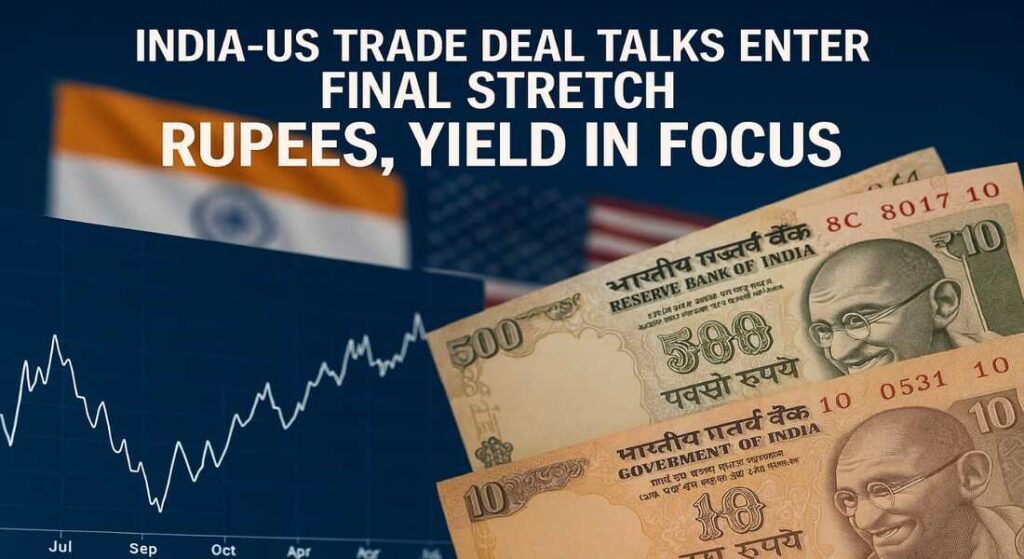As the days of 9th July are getting closer, all eyes are on the high-risk trade between India and America. And this is true—what is coming in front of us is not just a geo-political context; This is a financial chess game that can impact your investments, the money in your pocket, and the broader market.
What’s Happening?
Both economic giants are trying to put forward a business society that can restructure the economy, open doors and improve access for both parties’ exports. Although the physical details are secret, the news is that fields like electronics, gravity and defense technology are on the table.
But in front of the band door, this is a dilemma. America wants less taxes and more access for its goods and services. Otherwise, India rests on its “nation first” stance and every hand is weighed against its long-term economic interests.
Market Response: Rupee Wobbles, Bonds Steady
While the talks are hot, the rupee has come under pressure and has slipped to ₹85.40 per dollar in early trade today. The reason? Global investors are making price determination in uncertainty. If you do not attack anyone in the society – or if you attack someone in a conversation – then you can destroy the reputation and business of business.
What is interesting is that because of the Arab world’s active world management, production has remained relatively stable. The central bank is in the same situation as it has conducted a series of ₹1 lakh crore reverse reverse repos (VREs), signaling its intention to infuse additional liquidity and keep short-term risks in mind.
What It Means for Investors
Whether you’re a trader, a long-term investor, or simply market-curious, here’s what to watch:
- Currency-Sensitive Sectors
Exporters like IT, pharma, and textile firms may face headwinds if the rupee continues to weaken. - Tariff-Exposed Stocks
Auto, electronics, and agro-chemical stocks could react sharply to any changes in import/export duties. - Defensive Play
FMCG and energy stocks have shown resilience—possibly a safe haven during the trade storm. - Bond Market Outlook
Fixed-income investors should monitor yield movement and any signal from the RBI on rate actions.
Final Thoughts
This isn’t just a trade deal—it’s a potential turning point for India’s global economic standing. For the markets, it’s a wait-and-watch game filled with nervous energy and cautious optimism.



